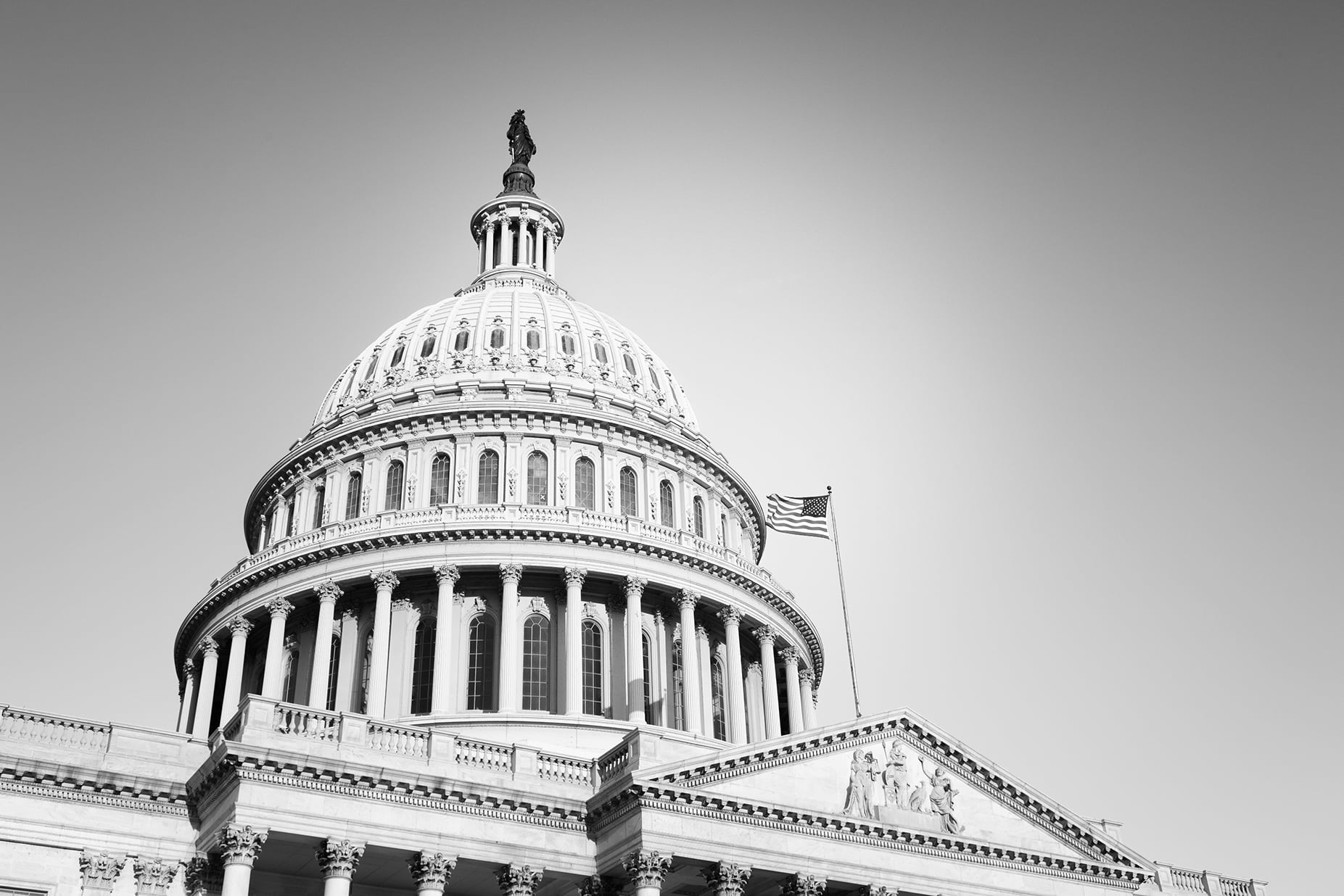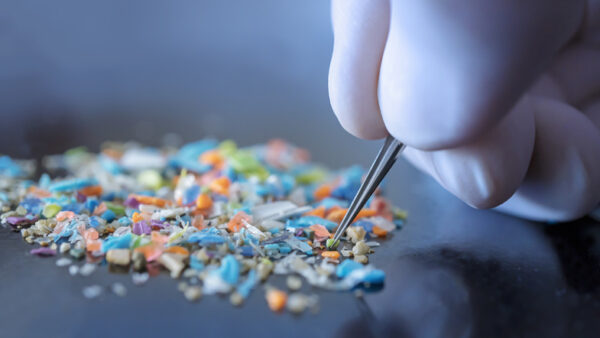Not withstanding the quote above, one of Merriam Webster’s definitions of “policy” is “a high-level overall plan embracing the general goals and acceptable procedures especially of a governmental or organizational body.” How does this fit into the U.S. seed sector and intellectual property you may ask?
With the 2021 U.S. seed sector forecasted to be worth $20.8 billion by the USDA, when it comes to seed innovations and intellectual property protection, the burden is on the innovation company to take all precautions in order ensure a fair return on investment to its shareholders. Whether private, public or even university Technology Transfer Offices, these efforts range from “R&D bench to innovation withdrawal” as offered below:
- IP strategy policy: does your company have a formal management group represented by the different parts of your organization? Breeding, trait development, technology licensing, legal, product management, stewardship/quality assurance, account management and marketing?
- Employee onboarding policy: does your company utilize confidentiality agreements with new employees and train all employees on intellectual property? Does your company utilize exit interviews to ensure reinforcement of the signed confidentiality criteria?
- R&D security policy: does your company provide secure access and storage of company confidential data, know-how and trade secrets?
- Data protection policy: does your company utilize secure data management procedures for emails, files and databases and train employees on how to recognize and prevent data breaches? Has your company stop using unencrypted flash drives?
- IP filing integrity policy: does your company work closely with innovation scientists to prevent external disclosures of new innovations such as scientific magazines or conferences before IP filing?
- Field plot policy: does your company put in place secure protocols for seed plots with non-protected and protected innovations such as experimental coding? Are these plots secure from prying eyes and hands? Prior to commercialization is your company in full control of all harvested material?
- Contractual agreement policy: are your company’s license agreements fully protecting your IP including trademarks? Does it include 3rd party audit rights? Does your company designate who can sign? Are executed agreements stored and archived with the ability to notify of future obligations?
- Enforcement policy: does your company have privileged Standard Operating Procedures for your enforcement program?
- Post IPR policy: does your company have a post IP protection plan for innovations such as commercial withdrawal? In the case of a trait with a regulatory package, will your company follow the “ACCORD” as initiated by the American Seed Trade Association and BIO?
These are just a few examples where company policies can be instrumental in an organization’s ability to prove that a protected innovation exists and that ownership is clear. SIPA, as a core mission, strives to help its members look internally to ensure protection of seed innovations. One key method is by providing SIPA members with “Best Management Practices checklists” to help guide a company through the innovation life cycle. This skeleton framework assists SIPA members with ensuring that many of the items needed to protect seed innovations are not forgotten.
As you can see, policies can play an important role in protecting the “IP goose” that laid the “golden seed egg.” Instead of thinking of policies as just another administrative effort think of them as part of your company’s culture. Leading by example is a crucial step to take when it comes to your company’s innovation culture … honestly!












